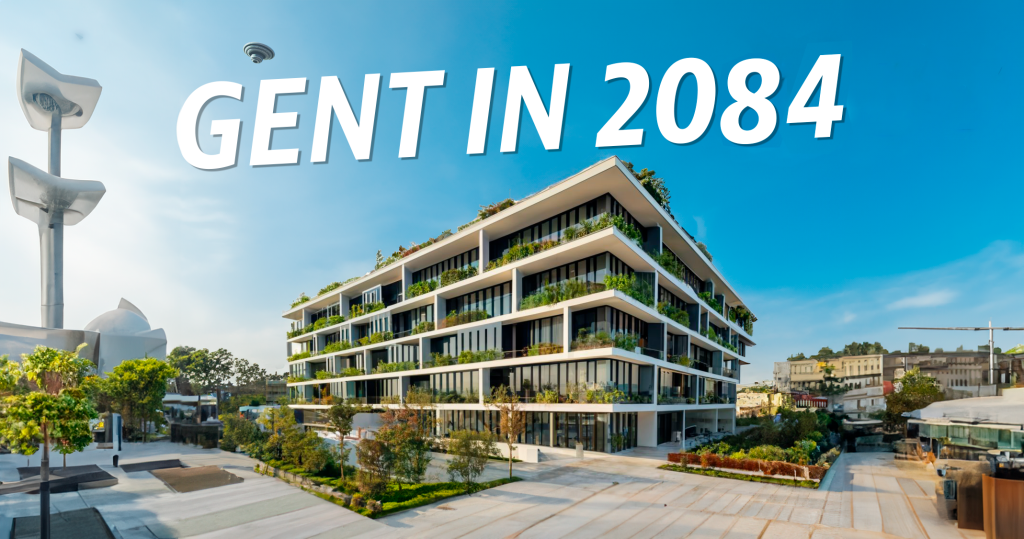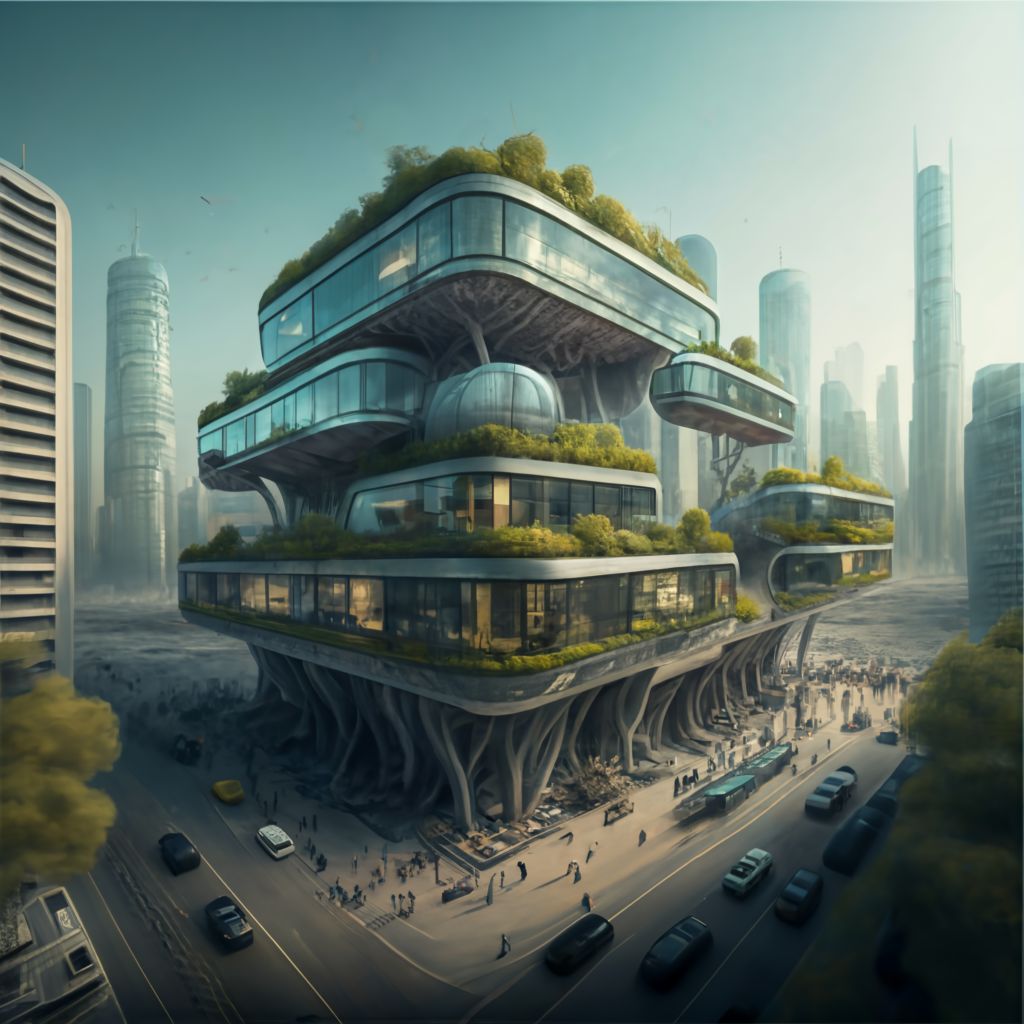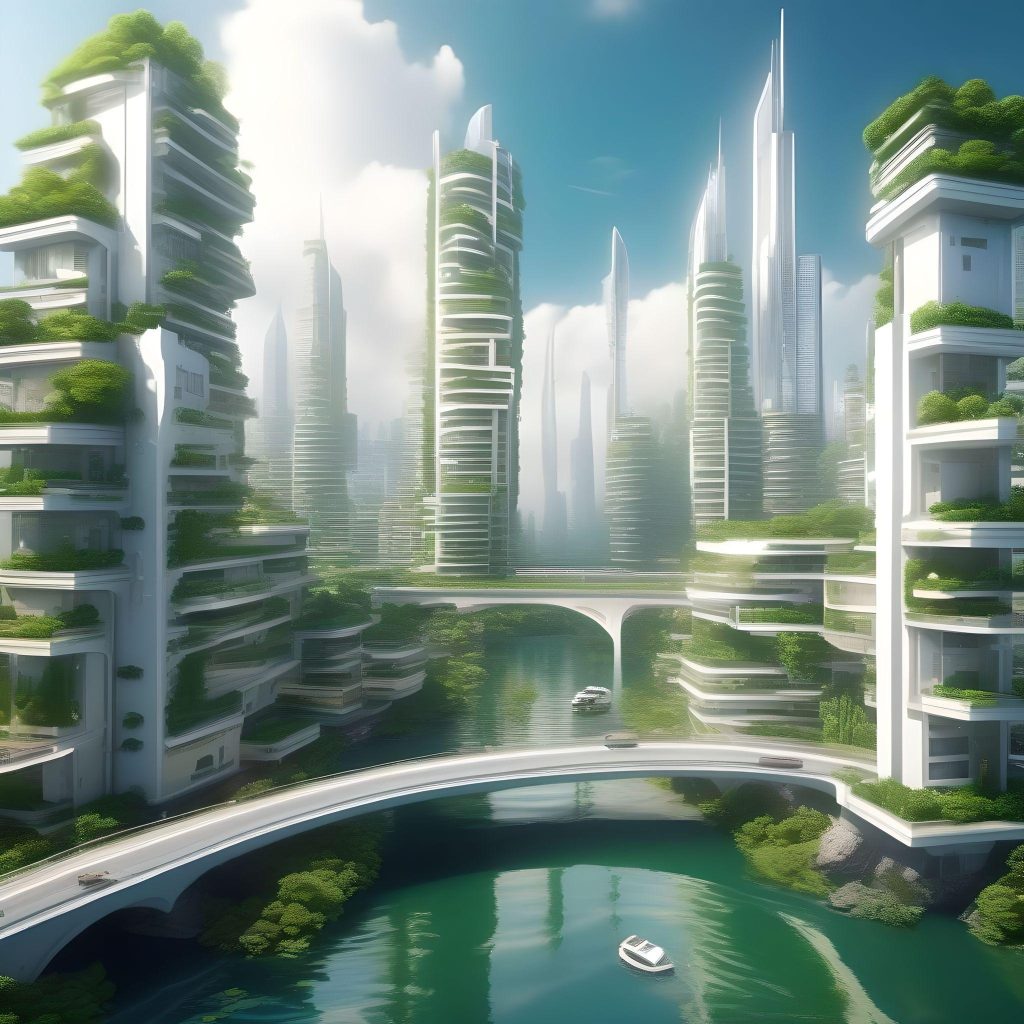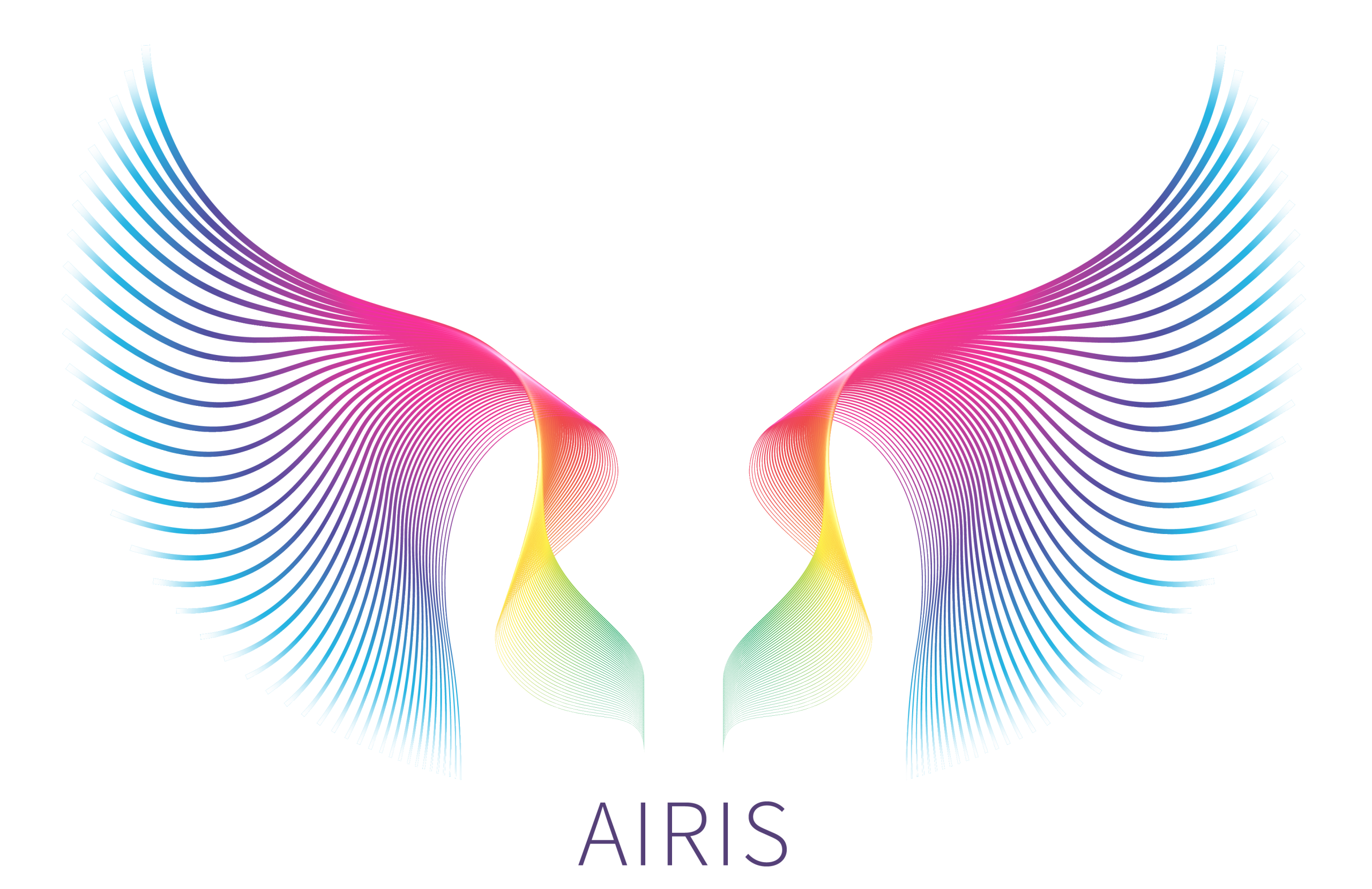
In the year 2084, urban architecture has undergone a profound metamorphosis, seamlessly blending the historic charm of yesteryears with the bold vision of the future. As one traverses through the streets of these futuristic cities, they are greeted not only by the gleaming structures of modernity but also by the timeless beauty of historic old buildings that still stand as testaments to bygone eras.
Nestled among the sleek, minimalist edifices of contemporary architecture are the remnants of centuries past, preserved and repurposed to harmonize with the evolving cityscape. These historic landmarks, with their intricate facades and storied pasts, serve as poignant reminders of the city’s rich heritage, offering a glimpse into the lives and aspirations of generations long gone.
Bridging Eras

From the imposing cathedrals and grand palaces of antiquity to the quaint cobblestone streets and charming townhouses of the Victorian era, these historic buildings weave a tapestry of architectural diversity that speaks to the city’s enduring spirit of resilience and reinvention. Each facade tells a story, bearing the scars of time like badges of honor, while within, echoes of the past mingle with the hum of modern life, creating a dynamic tapestry of tradition and innovation.
Embracing the Future
But while the old buildings stand as guardians of the city’s past, the future unfolds in the form of sleek, white structures that dot the skyline like beacons of progress. Crafted from advanced materials and guided by principles of sustainability and functionality, these futuristic buildings embody the essence of modernity, their clean lines and minimalist design language a testament to the ever-evolving nature of urban architecture.
Green Integration
Picture towering skyscrapers sheathed in glistening white panels, their facades punctuated by floor-to-ceiling windows that offer panoramic views of the surrounding landscape. Each building is a marvel of engineering, with integrated green spaces seamlessly woven into their design to create a symbiotic relationship between nature and the built environment.
Rooftop and Vertical Gardens

- Rooftop Gardens: Rooftop gardens sprawl across the tops of these structures, their verdant foliage providing a striking contrast against the pristine white facades and serving as oases of tranquility amidst the urban jungle below.
- Vertical Gardens: Vertical gardens cascade down the sides of buildings, their lush greenery breathing life into the concrete landscape and providing habitat for native flora and fauna.
- Sustainable Interior Design: Inside, innovative design principles prioritize sustainability and comfort, with light-filled atriums and open-plan layouts fostering a sense of spaciousness and connectivity.
- Natural Ventilation: Natural ventilation systems circulate fresh air throughout the building, reducing the need for artificial climate control and promoting a healthier indoor environment for occupants.
Sustainable Living
Recycling and sustainability are paramount in the city of 2084. Advanced waste management systems ensure that resources are utilized efficiently, with materials being repurposed and recycled wherever possible. Circular economy principles guide every aspect of urban life, from construction and manufacturing to consumption and waste disposal, ensuring that the city operates in harmony with the natural world.
Renewable Energy Revolution
But the commitment to sustainability doesn’t stop there. Solar panels adorn the rooftops of buildings, harnessing the power of the sun to generate clean, renewable energy for the city. Windmills stand tall on the outskirts, their graceful blades spinning lazily in the breeze, further supplementing the city’s energy needs with sustainable wind power.
Water Management
Water, too, plays a vital role in the city of 2084. Canals and waterways crisscross the urban landscape, their tranquil waters providing both aesthetic beauty and practical functionality. Waterfront promenades lined with cafes and shops offer residents and visitors alike a serene escape from the hustle and bustle of city life, while floating gardens bob gently on the surface, their vibrant blooms adding a splash of color to the waterfront scenery.
But the use of water goes beyond mere decoration. Advanced water management systems collect and purify rainwater, utilizing it for everything from irrigation to drinking water. Aquaponic farms thrive in the city’s waterways, their floating beds of produce providing a sustainable source of fresh fruits and vegetables for the populace.
Immersive Shopping Experiences
In the futuristic cities of 2084, the concept of shopping has been reimagined to blend seamlessly with the architectural landscape, creating immersive retail experiences that transcend traditional boundaries.
Tech-Integrated Shopping
At street level, sleek, white facades beckon passersby with their inviting entrances, seamlessly integrated into the urban fabric. Here, technology reigns supreme, with interactive displays and smart interfaces guiding shoppers to their desired destinations. Artificial intelligence algorithms analyze preferences and browsing history, presenting personalized recommendations and directing visitors to the stores that best match their interests.
Diverse Offerings and Innovative Design
As shoppers ascend through the levels of these multi-story retail complexes, they embark on a journey of discovery, each floor offering a new realm of possibilities. From fashion boutiques and artisanal craft shops to gourmet eateries and wellness spas, the diversity of offerings reflects the eclectic tastes and lifestyles of the city’s inhabitants.
Eco-Friendly Design

Inside each store, cutting-edge technology enhances the shopping experience, with virtual reality fitting rooms, holographic displays, and augmented reality overlays bringing products to life in stunning detail. Transactions are seamless and secure, with biometric scanners and contactless payment systems eliminating the need for physical cash or cards.
But beyond the technological marvels, these futuristic stores prioritize sustainability and social responsibility. Recycled materials and energy-efficient design principles minimize environmental impact, while fair trade and ethically sourced products promote ethical consumption and support local communities.
In this way, the architecture of retail spaces in 2084 not only serves as a backdrop for commerce but also as a platform for innovation, creativity, and community engagement. Whether seeking the latest fashion trends, indulging in gourmet delights, or discovering unique artisanal creations, the stores of the future offer a truly immersive and unforgettable shopping experience that seamlessly integrates with the fabric of urban life.
Transportation
Transportation systems have also been reimagined to prioritize sustainability and connectivity, with electric vehicles and pedestrian-friendly walkways dominating the urban landscape. Smart infrastructure and advanced mobility solutions ensure seamless integration between different modes of transportation, making it easier than ever for residents to navigate the city with ease.
Leisure
Grand museums and galleries rise like monuments to human ingenuity, their facades adorned with intricate designs that pay homage to the city’s diverse cultural heritage. Inside, masterpieces from centuries past mingle with cutting-edge works of contemporary art, creating a dynamic tapestry that reflects the ever-evolving nature of creativity and expression.
Adjacent to these cultural bastions lie theaters and performance venues, where the echoes of applause reverberate through the air as actors, musicians, and dancers take center stage. From avant-garde performances to classical recitals, these spaces serve as platforms for artistic exploration and cultural exchange, enriching the fabric of urban life with the power of storytelling and emotion.
But it’s not just the buildings themselves that embody the city’s cultural vibrancy. Public squares and plazas buzz with activity, hosting festivals, markets, and community events that celebrate the diversity and creativity of its inhabitants. Street art adorns the walls of alleyways, transforming mundane spaces into vibrant canvases that reflect the pulse of the city’s urban culture.
Bridges
Bridges, too, play a crucial role in connecting not just physical spaces but also cultural communities. Futuristic bridges span wide rivers and deep gorges, their elegant designs blending seamlessly with the surrounding landscape while providing essential links between different parts of the city. Some bridges double as cultural landmarks, with pedestrian walkways and observation decks offering panoramic views of the skyline and serving as gathering places for locals and tourists alike.

The bridges are not just functional structures, but true feats of technological advancement and aesthetic design. These futuristic bridges are shaped by advanced materials and pioneering designs, with floating cable-stayed bridges and undulating suspension bridges adorning the horizon. Each bridge is a unique masterpiece, both technically and artistically. But these bridges are not just visual spectacles; they are also social and cultural centers. With green spaces, art installations and interactive displays, they attract people to relax and interact. Moreover, they are equipped with smart technologies that improve safety and mobility, making them integral to the city’s daily life.
Conclusion

In this way, urban architecture serves as a catalyst for cultural exchange and expression, fostering a sense of belonging and connection among its inhabitants. Whether through towering museums, bustling theaters, or iconic bridges, the city of 2084 stands as a testament to the enduring power of culture to shape and define the urban landscape.
Gone are the days of congested streets and polluted air; in 2084, transportation is clean, efficient, and accessible to all. Public transit systems are powered by renewable energy sources, while autonomous vehicles and drones ferry passengers and goods to their destinations with speed and precision. Bicycles and scooters zip along dedicated lanes, offering an environmentally friendly alternative to traditional forms of transportation.
At the heart of these futuristic cities lies a commitment to sustainability, resilience, and inclusivity. Through thoughtful urban planning and design, the architects of the future have created a built environment that not only meets the needs of its inhabitants but also nourishes their souls and inspires future generations to come. In 2084, the city of the future is a testament to the enduring power of human creativity and the boundless potential of a harmonious coexistence between nature and technology.
